|
Listen to this article  |
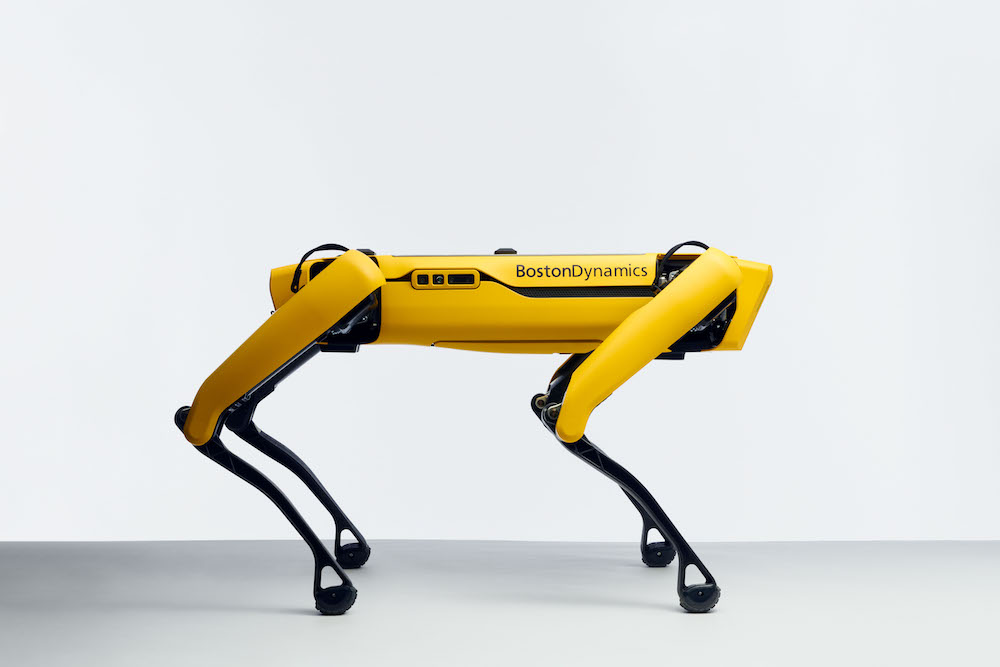
Thanks to self-charging capabilities and upgraded hardware and software to its Spot quadruped, Boston Dynamics made the RBR50 list for the third consecutive year. | Credit: Boston Dynamics
Each year, the RBR50 Robotics Innovation Awards program receives more nominations than can fit in the annual list. This year, the final selection reflects more rigorous judging criteria, current technological and business trends in robotics, and the world.
Since companies of different sizes build robots for widely differing applications, it is difficult to compare them directly. Add to that regional clusters, universities and research institutions, and new business models, and it becomes clear the best way to analyze robotics leadership is to see what categories and industries they fit into.
Notable Winners
An emphasis on innovation led to 36 RBR50 winners being recognized for their introduction of new products, services and technologies. This included both hardware and software for autonomous systems. Eleven companies were honored for application and market innovations, while three were honored for their business and management prowess.
Notable market innovators include Cruise, the autonomous driving subsidiary of General Motors. Cruise opened its Level 4 robotaxi service to a limited portion of the public in San Francisco on Feb. 1 2022. There are no human safety drivers inside these robotaxis. This is the first driverless robotaxi service to launch in a major US city. Over time, the service should expand its geofence and running time to gather important crucial operational data to continue to improve its already exceptional performance.
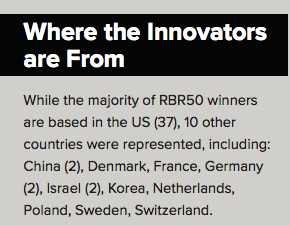 MassRobotics, the non-profit organization serving as the innovation hub for robotics, won for the development and release of the MassRobotics Interoperability Standard. The primary goal of the standard is to enable autonomous mobile robots (AMRs) from different vendors to integrate and work together seamlessly to support safe and efficient operations in factories, warehouses, distribution, and fulfillment centers. Interoperability of AMRs has been an important topic the last few years, and MassRobotics has been at the forefront of recent efforts.
MassRobotics, the non-profit organization serving as the innovation hub for robotics, won for the development and release of the MassRobotics Interoperability Standard. The primary goal of the standard is to enable autonomous mobile robots (AMRs) from different vendors to integrate and work together seamlessly to support safe and efficient operations in factories, warehouses, distribution, and fulfillment centers. Interoperability of AMRs has been an important topic the last few years, and MassRobotics has been at the forefront of recent efforts.
Louisville, Ky.-based CRG Automation built a robotic system to help decommission a stockpile of 70,000 M55 chemical missiles at the Blue Grass Army Depot in Kentucky. The M55 missiles are filled with VX and sarin nerve agents. The system combines traditional industrial robotic arms, autonomous mobile robots, and custom pick-and-place robots to make the work safer and more efficient, processing more than 25 missiles per hour. The system is on track to complete the project by a Department of Defense (DOD) deadline of 2023.
Similar to the 2020 and 2021 lists, one company was recognized for social good. The ARM (Advanced Robotics for Manufacturing) Institute’s RoboticsCareer.org initiative is a collaboration between the industry, government and academia. It brings together resources from competing companies to make them more accessible, and highlights programs that address diversity, equity and inclusion in robotics.
Last year’s most innovative winner, NASA JPL, returns to the 2022 list with a continuation of its historic Mars 2020 Mission. The Perseverance Rover put its sampling and caching system to work on September 1, 2021, eight months into its exploration of Mars. It successfully cored its first rocks thanks to improved manipulation skills. But, perhaps more importantly, it brings NASA a step closer to their long-term goal of bringing those rock samples back to Earth for further study.
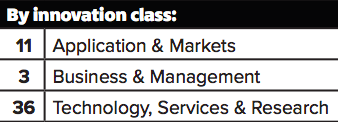 Within the US, organizations from 15 states were included on this year’s list, with 14 winners coming from California. Massachusetts had the second-most winners on the 2022 RBR50 list.
Within the US, organizations from 15 states were included on this year’s list, with 14 winners coming from California. Massachusetts had the second-most winners on the 2022 RBR50 list.
A startup from California to keep an eye on is Pharm Robotics, which is developing the Sureshot robotic cow inoculator. When cows exit the milking barn, they are scanned by an RFID and camera ID reader that determines if the cows need immunizations. If a cow does, it will be held in place with a two-part bumper restraint, and scanned by another RFID that determines what inoculation the cow needs, and a robotic arm injects the cow. After the injection, the bumper restraints release the cow. Not only is Sureshot a unique solution, it automates the entire inoculation process and enables farmers to focus on other tasks while ensuring the health of the herd.
There are 9 repeat winners from the 2021 list, including: Boston Dynamics, GreyOrange, ModalAI, NASA JPL, Ready Robotics, Seoul Robotics, Smith & Nephew, ULC Technologies and Verizon. This is the sixth time in seven years GreyOrange has won an RBR50 Award.
Investment in RBR50 innovators
Several RBR50 winners raised funding to continue R&D or to scale commercial products. Similar to 2021, the most interesting financial move came from the Softbank Vision Fund. When Cruise launched its robotaxi service in San Francisco, Softbank was supposed to invest an additional $1.35 billion, on top of the original $900 million it invested in cruise in 2018.
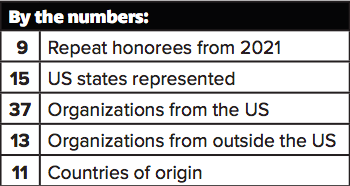 GM stepped in to acquire Softbank’s stake in Cruise and committed to investing an extra $1.35 billion to replace the SoftBank funding. It is unclear why Softbank reversed course with Cruise, but there is speculation it was no longer interested in an investment that won’t yield returns anytime soon; after-all, Softbank has struggled recently with debt and several investments that have soured. There is other speculation that GM acquired the stake as a pre-emptive move to take Cruise public in the near future.
GM stepped in to acquire Softbank’s stake in Cruise and committed to investing an extra $1.35 billion to replace the SoftBank funding. It is unclear why Softbank reversed course with Cruise, but there is speculation it was no longer interested in an investment that won’t yield returns anytime soon; after-all, Softbank has struggled recently with debt and several investments that have soured. There is other speculation that GM acquired the stake as a pre-emptive move to take Cruise public in the near future.
Berkshire Grey also made a major financial move in 2021, going public via a deal with Revolution Acceleration Acquisition Corp, a special purpose acquisition company. Berkshire Grey started trading on the NASDAQ on July 22, 2021. Berkshire Grey, a developer of integrated artificial intelligence and robotic solutions for e-commerce, retail replenishment, was founded in 2013 by CEO Tom Wagner, who is also the former CTO of iRobot.
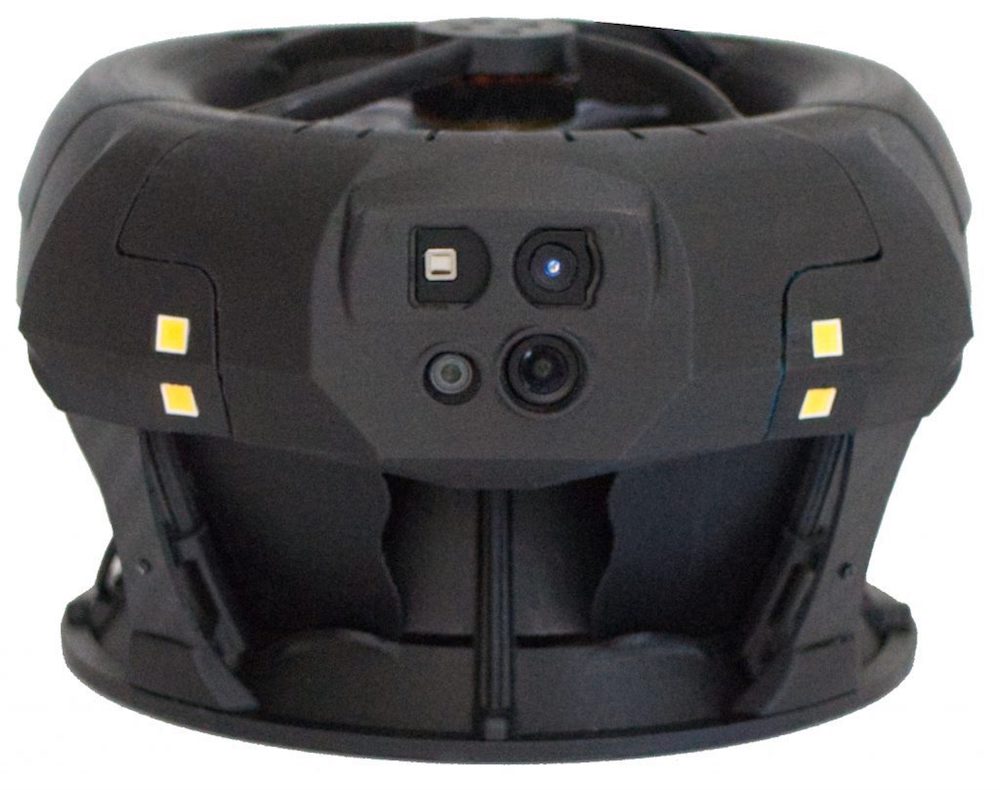
The Dronut X1 from Cleo Robotics is the first professional-grade, birotor ducted-fan drone – a drone without exposed rotor blades. | Credit: Cleo Robotics
Credit: Source link


Comments are closed.